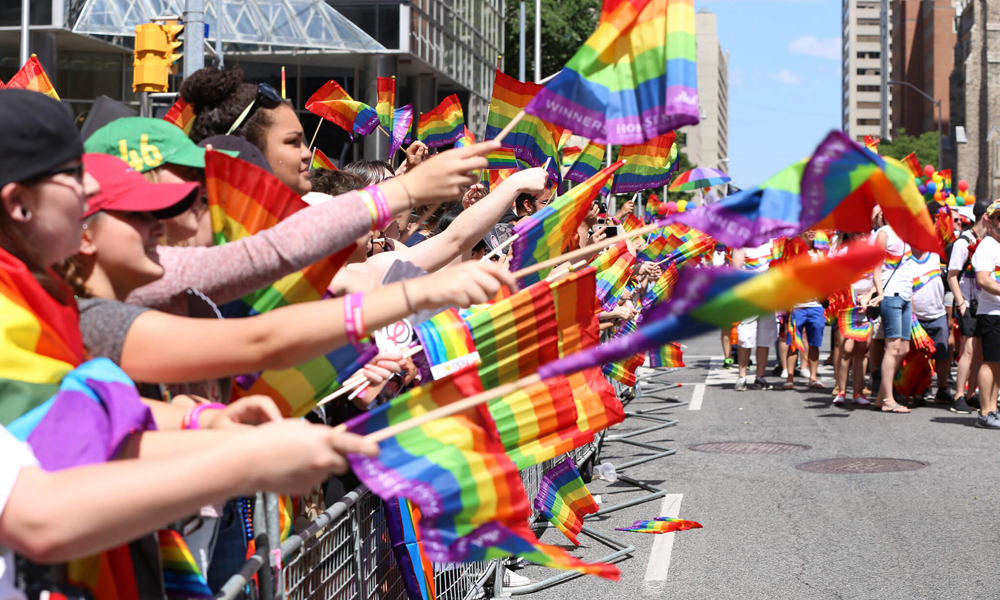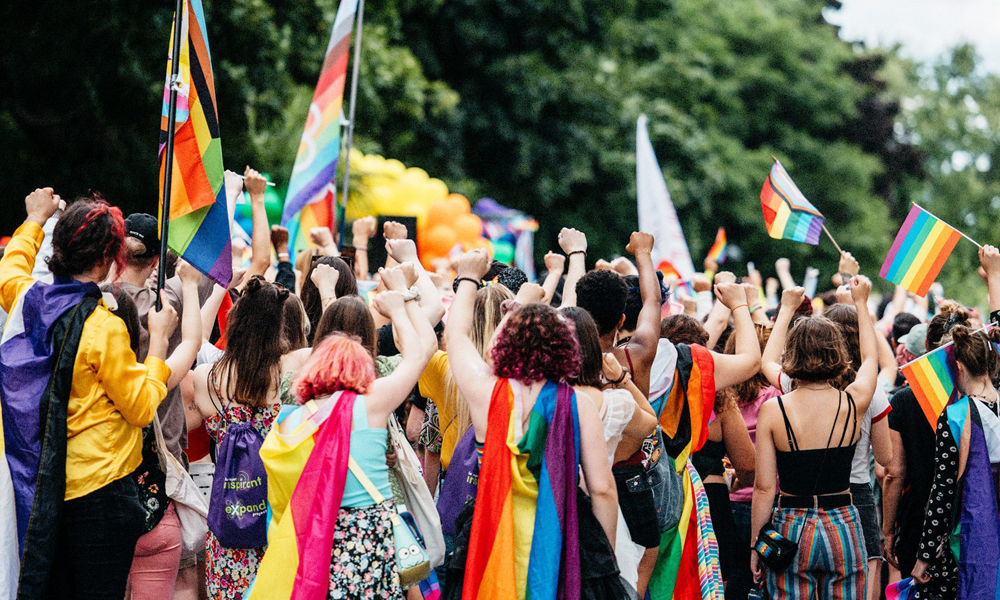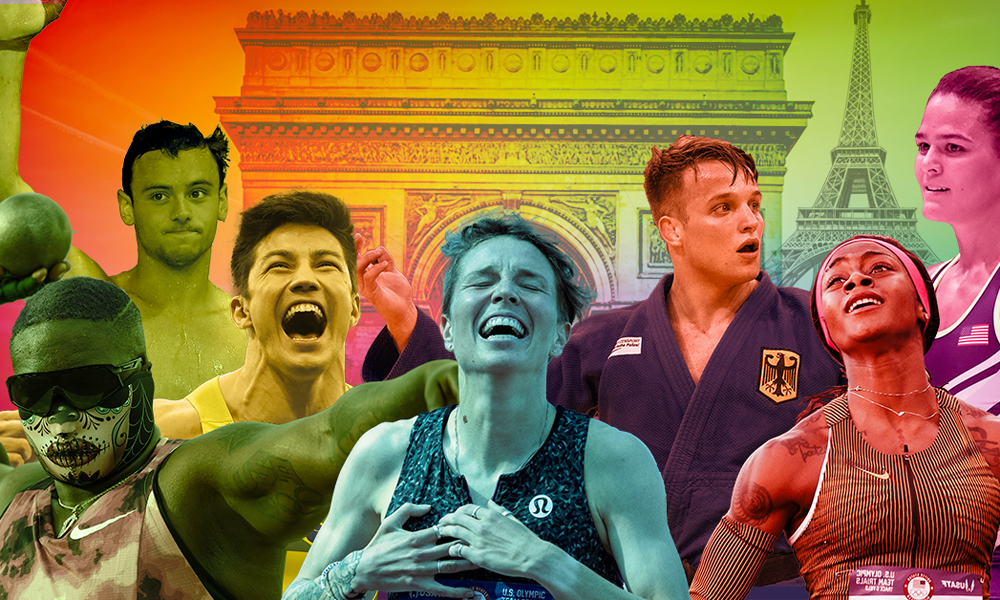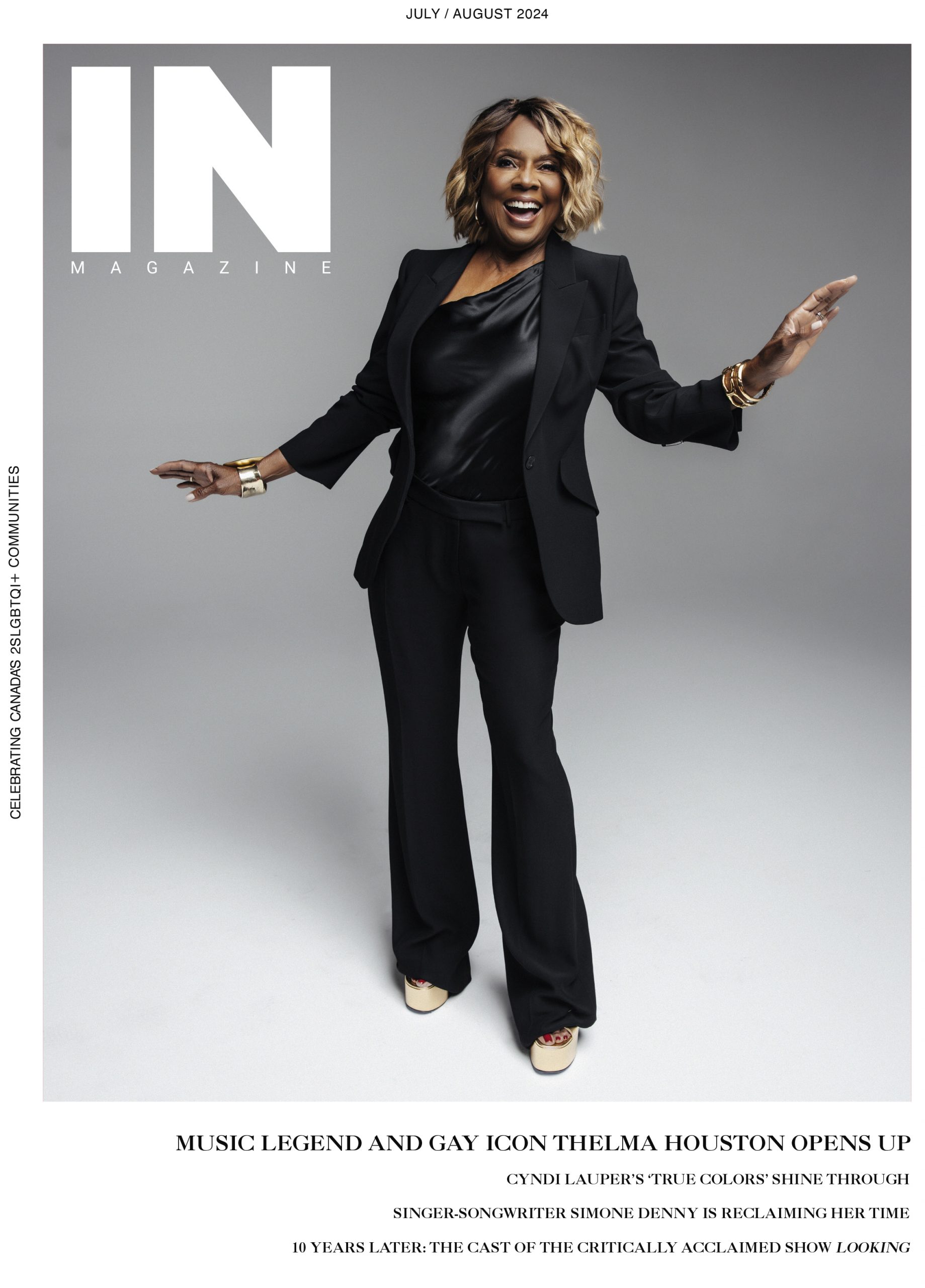There is a lot to be proud of, but there is still plenty of room to do more…
By Adam Zivo
Over the past few decades, LGBTQ rights have become entrenched within much of the Global North. Though a backlash against these rights has seriously undermined progress in some areas, particularly in Eastern Europe, social acceptance of LGBTQ people has been reassuringly resilient – with the exception of trans rights, which remain contentious. As a result, some Western countries have begun exploring supporting LGBTQ rights abroad by integrating them within larger foreign policy and international development frameworks.
Since the early 2010s, and in the past five years especially, Canada has been a leader in international LGBTQ rights advocacy. Despite this leadership, Canada’s commitments in this area are still in their infancy. Few actual barriers stand in the way of the Canadian government offering more fulsome support for international advocacy – and so much more can, and should, be done.
In the early 2010s, Canada began supporting global LGBTQ rights by vocally criticizing foreign states that oppress queer communities. This was epitomized by Canada’s condemnation of Russia – a country which, in 2013, passed several anti-LGBTQ laws that functionally criminalized public LGBTQ existence (and crushed related rights activism). To a lesser extent, Canada also condemned African states that were similarly homophobic, such as Uganda, and engaged in quiet diplomacy in situations where public condemnation would be counterproductive.
Supplementing this, Canada’s embassies began providing aid to foreign activists, though in a manner that was highly decentralized and lacked a strategic vision. The core of this support drew from the Canadian Fund For Local Initiatives (CFLI), which enables Canadian embassies to finance small-scale projects with grants that have an average value of $27,000. In 2014, Canada included LGBTQ rights as a priority area for CFLI grants. Consequently, at least $700,000 was disbursed that year, often in support of awareness campaigns that either targeted prejudices or called attention to local, pro-LGBTQ services.
Canada’s embassies supplemented their financial patronage with other kinds of support, such as providing space for LGBTQ activists to convene and organize programming. The value of this should not be underestimated in homophobic countries, where safe places to gather are hard to find. Some embassies also went out of their way to invite LGBTQ activists to non-LGBTQ embassy events, bolstering their credibility by making them more visible within diplomatic and political circles.
That Canada began championing LGBTQ rights abroad during the Harper years may be surprising to some, but it is not altogether shocking. John Baird, who served as minister of foreign affairs from 2011 to 2015, is a gay man and, prior to retiring from politics, was known for being an outspoken advocate on gay rights. The ability of well-positioned individuals to shift party priorities is very real, as was seen more recently by the activism of Eric Duncan, an openly gay conservative MP who was instrumental in turning Conservatives into loud critics of Canada’s gay blood ban.
Yet the influence of one person can only go so far And, looking at things more broadly, Harperite pro-LGBTQ diplomacy can likely also be explained by conservative commitments to moral absolutism and patriotism. Unconstrained by cultural relativism, condemnations of foreign human rights abuses can align with conservative values by affirming national moral supremacy (for better and worse).
The real problem with the Harperite approach, though, was that it was predominantly reactive and mostly concerned itself with the most egregious forms of oppression. Sure, Harper’s Canada would stand up for LGBTQ communities fearing imminent violence, but it had few tools to proactively support foreign LGBTQ communities beyond this. Crucially, it did not seek to nurture activist capacities and autonomy. The funding provided by the CFLI grants was simply too small, and, being project-specific, could not support the kind of long-term strategic planning needed to cultivate human rights movements in hostile environments.
To use a metaphor: Harper’s Canada held a shield above foreign activists, but did not provide them with the food they needed so they could eventually hold this shield themselves.
So in came the Trudeau government – the emphatic and proud patron of the marginalized. Based on the rhetoric used by this government, one would expect exploding investment into global LGBTQ advocacy. Yet, for years, the status quo remained largely the same. The prime minister made well-meaning speeches about the importance of LGBTQ rights, but provided few concrete commitments behind his words as embassies continued to fill funding gaps in whatever small ways they could.
New financial support eventually arrived, but it was belated and much smaller than it ought to have been.
Comparing funding for LGBTQ and women’s rights
In 2019, four years after being elected with a majority government and in response to persistent lobbying by Canadian LGBTQ activists, the Trudeau government announced a commitment of $30 million towards global LGBTQ rights, which would be spread out over five years (so an annual average of $6 million). Afterwards, federal funding for global LGBTQ advocacy would be increased to $10 million. This funding pot, which falls within Canada’s international aid budget and is slated to begin being disbursed in 2021, is approximately five times larger than funding provided by the CFLI (which is still ongoing).
Crucially, large swaths of this new funding are earmarked for projects that could build organizing capacity for international rights advocates, empowering them to become influential political players within their own countries. A total of $10 million is dedicated towards strengthening links between global activists, particularly between Canadian civil society actors and their global counterparts, so they can learn from one another and share resources where possible.
Though this new funding is commendable and a vast improvement on the previous status quo, it is still insufficient. Six million dollars a year may sound formidable, but Canada’s total annual international development budget is approximately $5 billion – so dedicated LGBTQ funding constitutes only 0.12 per cent of that pie. In contrast, Canada’s Feminist International Assistance Policy, launched in 2017, aims to commit 15 per cent of all Canadian international aid to projects that specifically support women and gender equality.
Granted, women compose a much larger proportion of the population than LGBTQ people do (50 per cent versus 3.3 per cent), but the funding gap remains even when adjusting for population differences: calculated per capita, LGBTQ-related programs receive only 12 per cent as much funding as feminist programming. This isn’t meant to frame things as a competition – especially given the intersections between feminist and LGBTQ advocacy – but is only meant to showcase how woefully low Canada’s investments into global LGBTQ advocacy remain.
Doug Kerr, executive director of Dignity Network Canada (a national alliance of civil society organizations concerned with international LGBTQ rights), characterizes Canada’s $30 million commitment as a promising start, but wants to see funding substantially increased. Dignity Network Canada is advocating that Canada increase its LGBTQ commitments to 0.4 per cent of its international development budget – more than tripling current funding and putting it on par with expenditure levels seen in countries like Sweden and the Netherlands.
One way that funding could be boosted, according to Kerr, is to integrate LGBTQ programming into Canada’s Feminist International Assistance Policy – which is something that Dignity Network Canada is currently lobbying for. Since feminist projects are better funded, allowing some of their budget to flow into LGBTQ projects could hypercharge support for queer communities without diluting Canada’s impact on more traditional kinds of feminist advocacy.
Call for a special LGBTQ ambassador/champion
Funding isn’t the only area where there can be improvement. Dignity Network Canada is also advocating for Canada to appoint a special LGBTQ ambassador who can champion LGBTQ issues internationally. This type of position has existed in the United States since 2015 (though it was left unfilled under the Trump administration). The United Kingdom similarly appointed its first Special Envoy for LGBTQ issues in 2021 – and, tellingly, tasked this envoy with working with the UK’s Minister for Women and Equalities to tackle global discrimination (a salient point for making Canadian feminist funding inclusive of LGBTQ issues).
Kimahli Powell, executive director of Rainbow Railroad, an organization that helps LGBTQ people escape state-sponsored violence, agrees about the need for a special ambassador. He notes that Canada had a special LGBTQ advisor to the prime minister between 2016 and 2019, but, problematically, that role was designed for an MP, which made it vulnerable to political winds. When Randy Boissonnault, the Liberal MP who held the special LGBTQ advisor position, was defeated in the 2019 election, the role disappeared with him.
Canada has also had an LGBTQ2 Secretariat since 2017, but that mini-department is tucked away within Heritage Canada, and, as such, it has a domestic focus and lacks the political clout needed to effectively champion LGBTQ issues abroad. According to Dignity Network Canada, a better alternative would be to create an analogous entity, or leadership position, within Global Affairs Canada (a department within the federal government that oversees international relations) – but that has not happened, despite lobbying from civil society.
In general, Powell argues that Canada needs to create more senior positions that can oversee the global LGBTQ file and, more importantly, are designed to be durable so that Canada’s commitments to global LGBTQ advocacy remain stable even as governments change over time.
Better tools for emergency evacuations
Powell notes that Canada could also better support LGBTQ communities abroad by providing more tools for emergency evacuation of queer folks whose safety is threatened. He argues that, as things stand now, Canadian support for persecuted LGBTQ communities tends to be too reactive, predominantly kicking in when civil society actors in Canada aggressively lobby for intervention. Powell would like to see more proactive policies that provide LGBTQ people with clear paths for immigration and shorter wait times.
In July, Canada announced a new, dedicated refugee stream for human rights defenders. Through this program, Canada will be able to resettle up to 250 human rights defenders per year, including their families. This program may prove to be invaluable for global LGBTQ activist circles, as it slightly reduces the risk of engaging in advocacy abroad. To be an LGBTQ activist in a homophobic country is to make oneself a target for violence. When activists know that they can flee to Canada if necessary, it provides a fail-safe that may make them more comfortable with engaging in activism that would otherwise be intolerably dangerous.
We need more than words
All of these suggestions reinforce the idea that Canada, though evidently a global leader in championing LGBTQ rights, could be doing much more. While Canada provides ample rhetorical support for global LGBTQ communities in all kinds of multilateral fora, its funding commitments remain far lower than what is provided by some of its allies. Its embassies continue to support activists around the world, but, in the absence of a larger strategic plan, this support is ultimately haphazard and inefficient. The only senior LGBTQ-specific advocacy position that exists within the federal government is relatively insulated from the instabilities of electoral politics, but it is also situated within a part of the bureaucracy that has negligible influence on foreign policy. Meanwhile, there are no senior LGBTQ-specific policy positions within the federal government to oversee international LGBTQ issues.
Canadians should be proud of their country’s leadership on LGBTQ rights, proud of how far Canada has come within the past 10 years, and proud to live in a country where these rights receive cross-partisan support. Yet pride should not distract Canadians from asking for more – because more is not just possible, but necessary.
—
ADAM ZIVO is IN Magazine’s politics and culture columnist. He is a Toronto-based social entrepreneur, photographer and analyst best known for founding the LoveisLoveisLove campaign.







POST A COMMENT